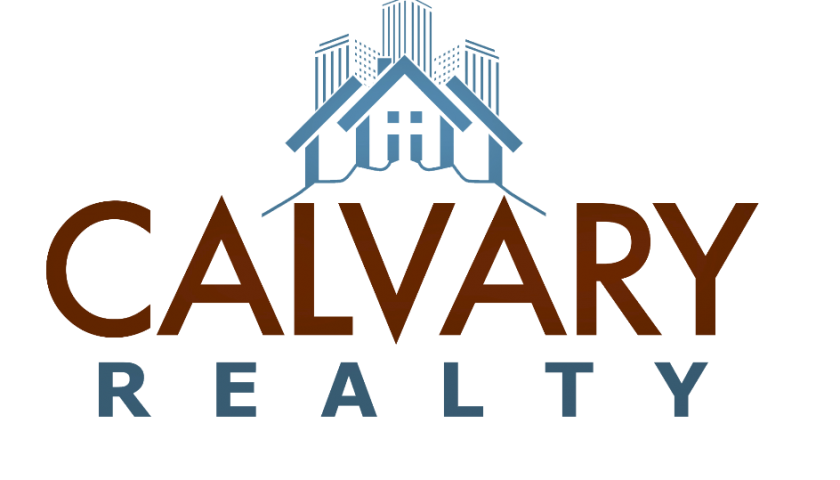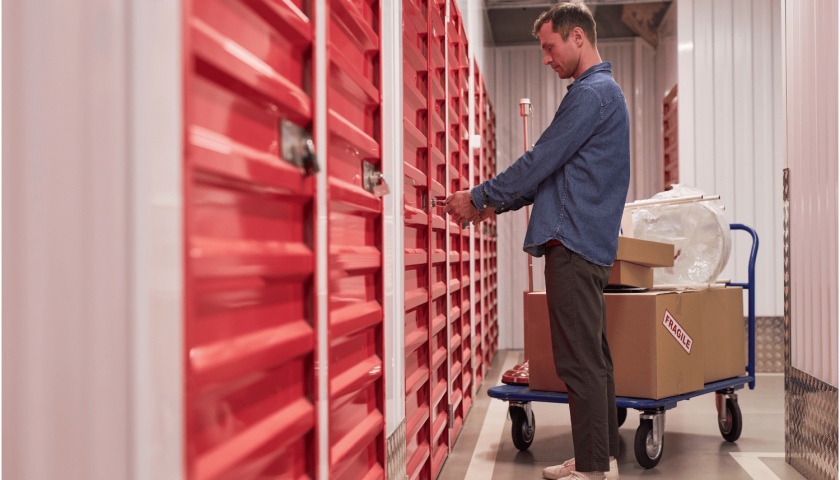Understanding the true value of a self-storage facility is essential whether you’re planning to sell, buy, refinance, or simply want to know where your investment stands. Unlike residential real estate, valuing commercial properties like storage facilities requires a deeper look at income, expenses, and market conditions.
Here are four key methods that professionals use to determine the value of a self-storage facility.
1. The Income Approach
The Income Approach is the most common and practical method for valuing self-storage facilities. It’s based on how much income the property generates compared to its operating costs.
Formula:
NOI = Gross Rental Income – Operating Expenses
For example, if your facility generates $120,000 annually and your operating expenses total $40,000, your Net Operating Income (NOI) is $80,000.
This figure is critical because it reflects how profitable the facility is on a daily basis, before factoring in debt or taxes. Investors and lenders alike rely heavily on NOI to measure a property’s strength.
2. The Capitalization Rate (Cap Rate)
Once you know your NOI, you can apply the Capitalization Rate (Cap Rate)—a measure of the return investors expect in your market.
Formula:
Property Value = NOI ÷ Cap Rate
Let’s say your NOI is $80,000 and the market cap rate is 6.5%.
$80,000 ÷ 0.065 = $1,230,769
That’s your estimated property value based on income and investor expectations.
Keep in mind that cap rates vary by location, asset type, and market demand. This is why working with a broker who understands your market is crucial.
3. Market Comparables (Comps)
Just like residential real estate, investors look at Market Comparables—or “comps”—to confirm value. This method involves comparing your facility to similar properties that have recently sold.
Factors to consider include:
- Location and surrounding demographics
- Size and number of units
- Occupancy rates
- Climate-controlled vs. non-climate units
- Year built and property condition
For example, if three nearby facilities of similar size and condition sold between $1.1 and $1.3 million, you can confidently price your property within that range.
Pro Tip: Many investors use comps to validate results from the income approach—so your property should hold up on both fronts.
4. Professional Appraisal
For owners who are serious about selling—or those seeking financing—a professional appraisal provides the most reliable valuation.
Appraisers don’t just look at income, cap rates, and comps. They also consider:
- Zoning and land use restrictions
- Replacement costs
- Future income projections
- Market growth trends
While appraisals typically cost between $2,000 and $5,000, they can prevent underpricing, overpricing, or deal-killing surprises later in the process. Buyers and lenders also trust appraisals as an unbiased opinion of value.
Final Takeaway
Valuing a self-storage facility isn’t guesswork—it’s a strategic process built on multiple approaches:
- Use the Income Approach to understand NOI
- Apply the Cap Rate for a market-based valuation
- Check Market Comparables to stay competitive
- Invest in a Professional Appraisal for the most accurate results
If you’re considering selling—or simply want to know your facility’s current worth—working with an experienced brokerage like Calvary Realty can help you maximize value and avoid costly mistakes. Backed by a 5-star Google rating and hundreds of satisfied clients, we’re committed to delivering results you can count on.
Thank you for reading, and we look forward to helping you maximize your investment success
Contact: Brandon Robinson & Ingla Robinson
Source: Calvary Realty





